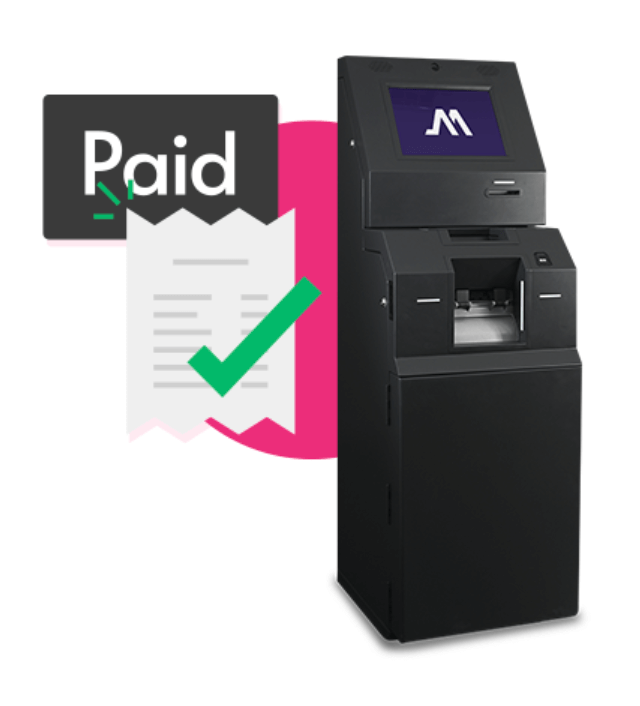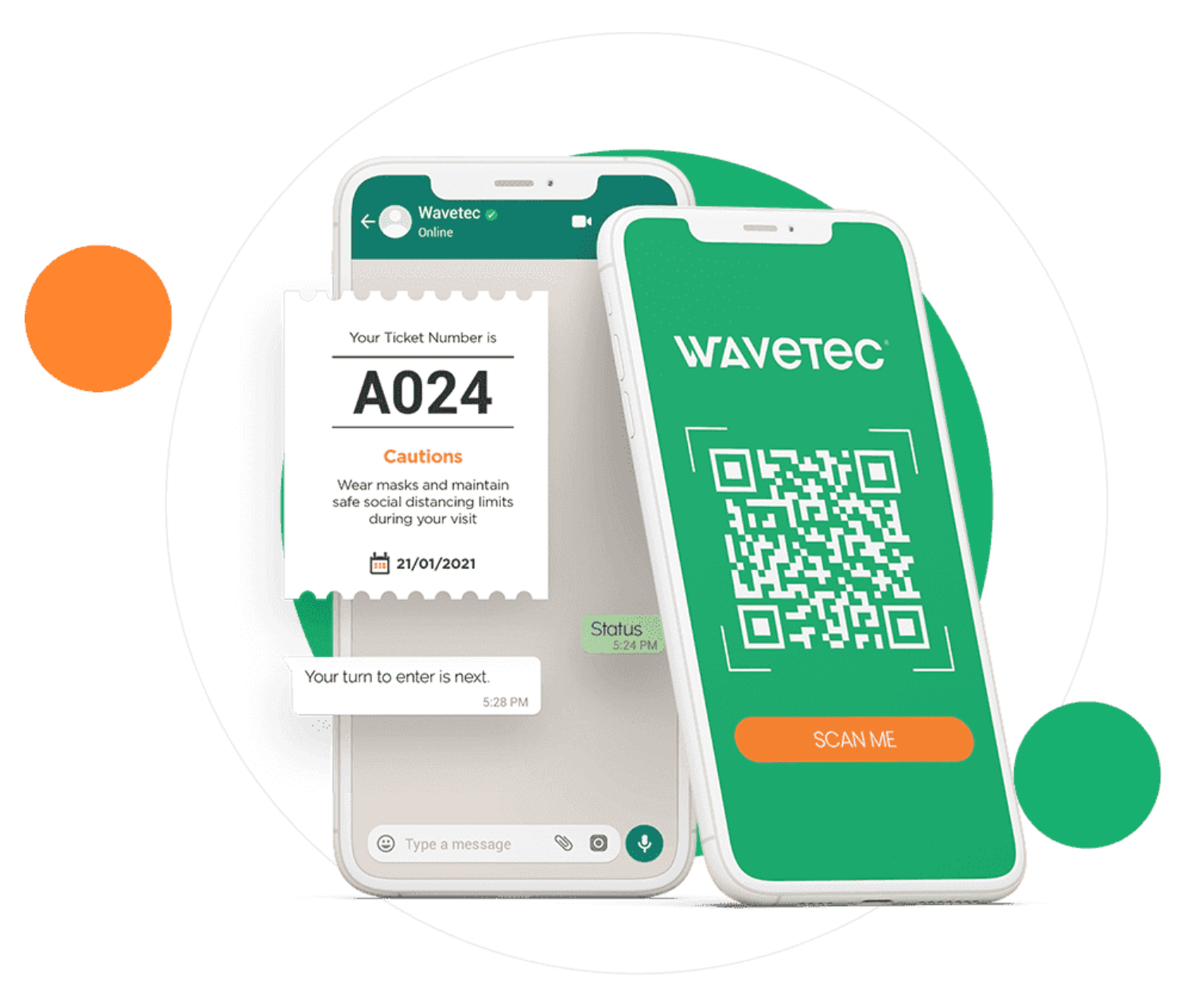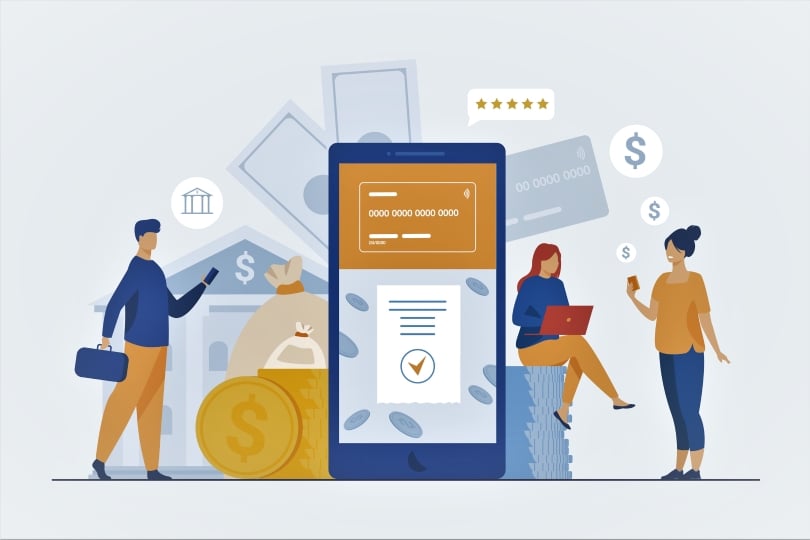Can a seamless onboarding experience in banking empower customers, simplify account setup, and foster lasting relationships?
The customer onboarding process involves welcoming new customers into your banking system. Introducing the bank’s services and products to new customers is part of onboarding.
The onboarding process must be completed before a customer starts business with the bank. But the onboarding process can take up to 100 days for new clients. Don’t you think lengthy approval times will direct your clients to your competitors?
Here’s the downside of a complicated onboarding process:
- A survey conducted by Forrester concluded that more than 64% of banks lost deals and revenue as a result of issues in the current time-consuming onboarding process.
- In another study by Lightico, 40% of millennial consumers who applied for a bank account abandoned the onboarding process. The reasons cited were lengthy, time-consuming verification processes and issues with filling out paperwork.
Digital customer onboarding simplifies the process, with enhanced customer satisfaction in the banking sector. In this blog, we learn the following about client onboarding in retail banking:
- Steps of the onboarding process
- Best practices to onboard customers in banking
- Advantages of onboarding to the banking sector
Let’s get started!
What Is Customer Onboarding In The Banking Industry?
The customer onboarding process in banking is time-consuming, based on several steps for the client and the banker. It includes collecting customer information, verifying identity, and establishing new accounts, such as savings accounts.
Some necessary steps include the know-your-customer procedure, which requires banks to conduct due diligence on customers to prevent money laundering, fraud, and other illicit activities.
Customers must complete the necessary forms and provide supporting documents, such as tax-related ones.
Elements of New Customer Onboarding in Banking
Successful client onboarding in banking is a critical process that sets the tone for the entire customer relationship. It involves introducing new clients to your institution, gathering essential information, and ensuring that they have a positive experience. Here are key elements to consider for a successful client onboarding process in banking:
1. Compliance and KYC Checks:
Compliance and KYC checks are fundamental to ensure the legitimacy of clients and maintain regulatory compliance:
- Document Collection: Collect and verify essential identification documents, such as passports, driver’s licenses, or government-issued IDs, to confirm the client’s identity.
- AML Screening: Conduct robust Anti-Money Laundering (AML) checks to detect and prevent money laundering activities. Regularly update your AML policies and procedures to stay compliant with evolving regulations.
- Sanction List Checks: Screen clients against government-sanctioned lists to ensure you are not doing business with individuals or entities involved in illegal activities or terrorism.
2. Client Consent and Opt-ins:
Obtaining client consent and managing opt-ins is essential to respect clients’ preferences and legal requirements:
- Consent Forms: Provide clear and concise consent forms that explain how client data will be used and shared. Allow clients to opt-in or opt-out of specific services or communications.
- Granular Control: Offer clients granular control over their preferences. For example, they should be able to choose which types of marketing communications they receive and how often.
- Data Usage Transparency: Be transparent about how client data will be used to personalize services and provide benefits. Clients are more likely to provide consent when they see the value in sharing their information.
3. Personalized Approach:
A personalized approach to client onboarding involves tailoring the experience to each individual client’s unique needs and preferences. Here’s how you can achieve this:
- Client Profiling: Begin by gathering information about the client’s financial goals, preferences, and previous banking experiences. Use this data to segment clients into different categories based on their needs and risk profiles.
- Customized Recommendations: Based on the client’s profile, offer tailored product recommendations. For example, if a client is risk-averse and nearing retirement, suggest low-risk investment options or retirement planning services.
- Personalized Communication: Address clients by their names in all communications, whether digital or in-person. Send personalized welcome messages and recommendations that show you’ve taken their unique circumstances into account.
The Customer Onboarding Process in Banking
The customer journey in the onboarding process of banking is based on three stages. These are the following stages:
- Pre-account opening stage to provide necessary information
- Account opening stage, where customers choose the account type and complete the required paperwork
- Engaging with new customers
Identifying the pain points in the consumer journey with your bank improves banks’ onboarding software and satisfaction.
1. Pre-Account Opening Stage
Before a customer opens an account with your bank, they should be well aware of the banking services and the products offered.
Ensuring a smooth process determines if your customer is motivated to engage in onboarding.
Customers will be asked to provide personal information and demographics during this stage, such as name, address, and identification details. This information helps the bank verify its identity and fulfill the regulatory requirements.

At this stage, you can offer your customers a streamlined onboarding process. At the venue, install self-service banking kiosks. For repetitive tasks, kiosks allow customers to access and complete various onboarding processes without needing assistance from a bank representative.
Waiting for a bank representative to address customer queries or carry out minor tasks adds to wait times. Kiosks are equipped with the advanced technology of document scanners and biometric verification systems.
Customers can upload required documents and capture electronic signatures with kiosks.

However, customers who visit the bank branch only to wait in mismanaged queues are likely to return without engaging. Banks can offer Virtual Queuing Solutions with WhatsApp. This allows customers to book a desired timeslot and save a spot in the queue.
Since a virtual ticket is issued for the chosen service on WhatsApp, customers also receive wait time updates and queue status notifications. WhatsApp Appointments offer similar services, with the addition of integration abilities with the calendar and a bank’s CRM.
Such advancements help banks to inform customers of any delays in the process. Reduced queuing anxiety at banks improves customer satisfaction with onboarding.
2. Account Opening Stage
Once a customer’s information is verified, it’s time to open a bank account officially! Choose the type of account that suits a customer’s needs, whether a savings account, a current account, or even a credit card account.
The bank requires the necessary paperwork for verification. This can be filling out forms for in-person verification, knowledge-based authentication, or real-time government ID verification.
Customers must review the terms and conditions carefully to understand how the account will function and any associated fees or charges.
3. Welcoming and Engaging Customers
You have now onboarded a valued customer of the bank! This stage is crucial for banks to establish a positive and long-lasting relationship with their new customers.
To make customers feel welcome, banks will extend a warm greeting and orientation to their services. This can be a personalized welcome message, an introduction to digital platforms and mobile apps, or an overview of the products.
To make customers feel confident in using banking facilities, provide brochures, online tutorials, or guided tours of the digital platforms and mobile banking applications.
Educate customers about security measures to set up strong passwords and enable multi-factor authentication.
Let your customers know of the available support channels and how to access assistance. Set the foundation for ongoing communication between the bank and the customer. This allows banks to upsell and introduce additional products or services to customers.
The Best Practices to Onboard Customers in Banking
When it comes to onboarding customers in the banking industry, there are several best practices that can help ensure a smooth and successful process. Here are some key considerations:
- Building Trust and Relationship
- Establishing Personal Connections
- Proactive Support and Education
- Feedback and Continuous Improvement
1. Building Trust and Relationship
During the onboarding process, banks should prioritize building trust with customers. This can be achieved by being transparent about the account opening process and communicating the terms and conditions.
When customers have to face hidden charges, it leaves them irritated. Promptly addressing customers’ concerns or questions improves satisfaction.
By demonstrating reliability, security, and a commitment to customer satisfaction, banks can establish a foundation of trust vital for long-term relationships.
2. Establishing Personal Connections
Customers appreciate a human touch in the onboarding process. Banks can achieve this by assigning dedicated relationship managers or customer service representatives. This way, banks can guide customers through the process and address their needs.
Customized interactions and proactive communication help customers feel valued and understood. This fosters a sense of loyalty and satisfaction, urging your customers to return to your bank.
3. Proactive Support and Education
Given the complex onboarding process at banks, customers should be given proactive support and education to understand the services better. This includes educating customers about the bank’s products, services, and digital platforms.
Help customers understand how to access their accounts, navigate online banking systems, and utilize available features. Offering educational resources, tutorials, and FAQs helps customers become more self-sufficient in using banking services.
Many challenges may arise during onboarding, including guiding security measures, fraud prevention, and practical financial management tips. By offering timely and relevant support, banks empower customers and ensure a smooth transition into their banking relationship.
4. Feedback and Continuous Improvement
Gathering customer feedback during onboarding is essential in giving insight into a client’s journey. It helps the bank identify areas of improvement and enhance the overall experience.
Banks should provide channels for customers to share feedback and suggestions, such as surveys or customer support helplines.
Actively listening to customer feedback and making necessary improvements based on their input demonstrates a commitment to customer satisfaction and helps refine the onboarding process over time.
3 Benefits of Onboarding New Banking Customers
When you simplify the customer onboarding process, it encourages individuals to pursue financial services in your bank. It comes with numerous benefits for customers as well as banks. Here’s what they are:
- Enhanced Customer Experience
- Improved Customer Engagement and Retention
- Operational Efficiency and Cost Reduction
1. Enhanced Customer Experience
When banks prioritize onboarding, they create a positive and seamless experience for new customers. Banks immediately ensure customers feel valued and supported by guiding them through the necessary steps, providing assistance, and addressing their needs.
This enhanced customer experience fosters satisfaction and sets the foundation for long-lasting relationships.
2. Improved Customer Engagement and Retention
Through effective onboarding, banks can actively engage customers and nurture their relationships. Banks can deepen customer engagement by establishing personal connections, understanding their preferences, and providing tailored recommendations.
This leads to higher customer satisfaction, increased loyalty, and a higher likelihood of customers staying with the bank for the long term.
3. Operational Efficiency and Cost Reduction
Efficient onboarding processes reduce manual work, paperwork, and processing time by utilizing automation, digital tools, and standardized procedures. This boosts operational efficiency by allowing staff to focus on more complex tasks.
Although investing in automation tools and creating digital flows for onboarding requires effort, it is only a one-time investment. This is key to improving overall productivity by eliminating manual errors, duplicate data entry, and lengthy processing times.
Case Studies
To help you take the first step toward digital banking and onboarding, we have compiled two real-life scenarios to learn from.
UBL Deployed Wavetec’s First-Ever Remittance Kiosk
A leading bank in Pakistan, United Bank Limited (UBL), partnered with Wavetec to install digital services and onboarding for quick and hassle-free account opening for customers.
Through Wavetec’s self-service remittance kiosks and digital interfaces, customers could easily provide information and complete necessary documentation. Initiating the account opening process reduces lengthy manual procedures.
With Wavetec’s customer queue management system, UBL delivered a user-friendly interface and intuitive design to make it convenient for customers to navigate the onboarding process. Such solutions contribute to a positive customer onboarding experience by reducing wait times.
Since Wavetec prioritizes the security of customer information, UBL incorporated robust security measures. Digital onboarding promises data encryption, secure transmission protocols, and multi-factor authentication.
Wavetec’s solutions allow seamless integration with existing banking systems. The smooth flow of data and information eliminates duplicate processes, reducing the chances of errors in client onboarding.
Self-service kiosks provide banks with valuable analytics and reporting capabilities. These insights offer a deeper understanding of the onboarding process. This helps banks identify bottlenecks and make data-driven decisions.
These features protect customer data and help banks comply with data privacy regulations, ensuring the confidentiality and integrity of sensitive information.
BCI Bank revamps customer experience through Wavetec’s digital signage
The customer onboarding process in the BCI Bank has been revolutionized with innovative products. Wavetec and BCI pledged to bring efficiency and convenience to the customer experience in the onboarding journey.
With Wavetec’s Queue Management System, customers at BCI Bank could easily join the onboarding queue. This could be done in multiple ways. The one that suited BCI was via Donatello Digital SIgnages.
Digital signage boards can be linked to kiosks and counters to display token numbers. This organizes queues, reduces wait times, and makes the onboarding experience less tiresome.
Wavetec’s Digital Signage solutions provide engaging and informative content to customers during onboarding.
Digital signages are of crucial importance in promoting cross-selling and upselling opportunities for the bank. The screens display relevant information, such as services, product features, benefits, and promotional offers.
Keep your customers engaged with video walls and media players while they wait.
Wavetec’s products seamlessly integrate into BCI Bank’s operations. Whether self-service kiosks, digital signages, or virtual queuing solutions, BCI Bank could offer a modern, customer-centric onboarding experience that sets them apart from the competition.
Onboarding New Banking Customers – FAQs
How long does the onboarding process usually take?
Depending on the bank’s administrative capacity, the customer onboarding process varies between two to twelve weeks.
How do kiosks facilitate the onboarding process for new banking customers?
Kiosks are self-service platforms that offer interactive screens to help customers enter and verify personal information. It omits the need to process paperwork manually and automates the task.
How do kiosks ensure the security and privacy of customer information during the onboarding process?
Kiosks have encryption protocols to safeguard the transmission of customer data. Authentication to verify involves PINs, fingerprints, or facial recognition. Kiosks comply with General Data Protection Regulation and the Payment Card Industry Data Security Standard.
Final Words
Are you ready to prioritize onboarding new banking customers as a key aspect of your bank’s strategy?
Work on enhancing a new customer’s experience with the bank by establishing personal connections and providing proactive support. Show your clients that the bank follows a customer-centric model to strengthen trust and foster long-term relationships.
It is time to embrace the best digital client onboarding practices to solidify your position in the fintech-dominated banking sector.
Learn to regulate client expectations with the bank from Wavetec’s success stories.
Contact us today for a free business consultation!
BOOK A FREE DEMO





